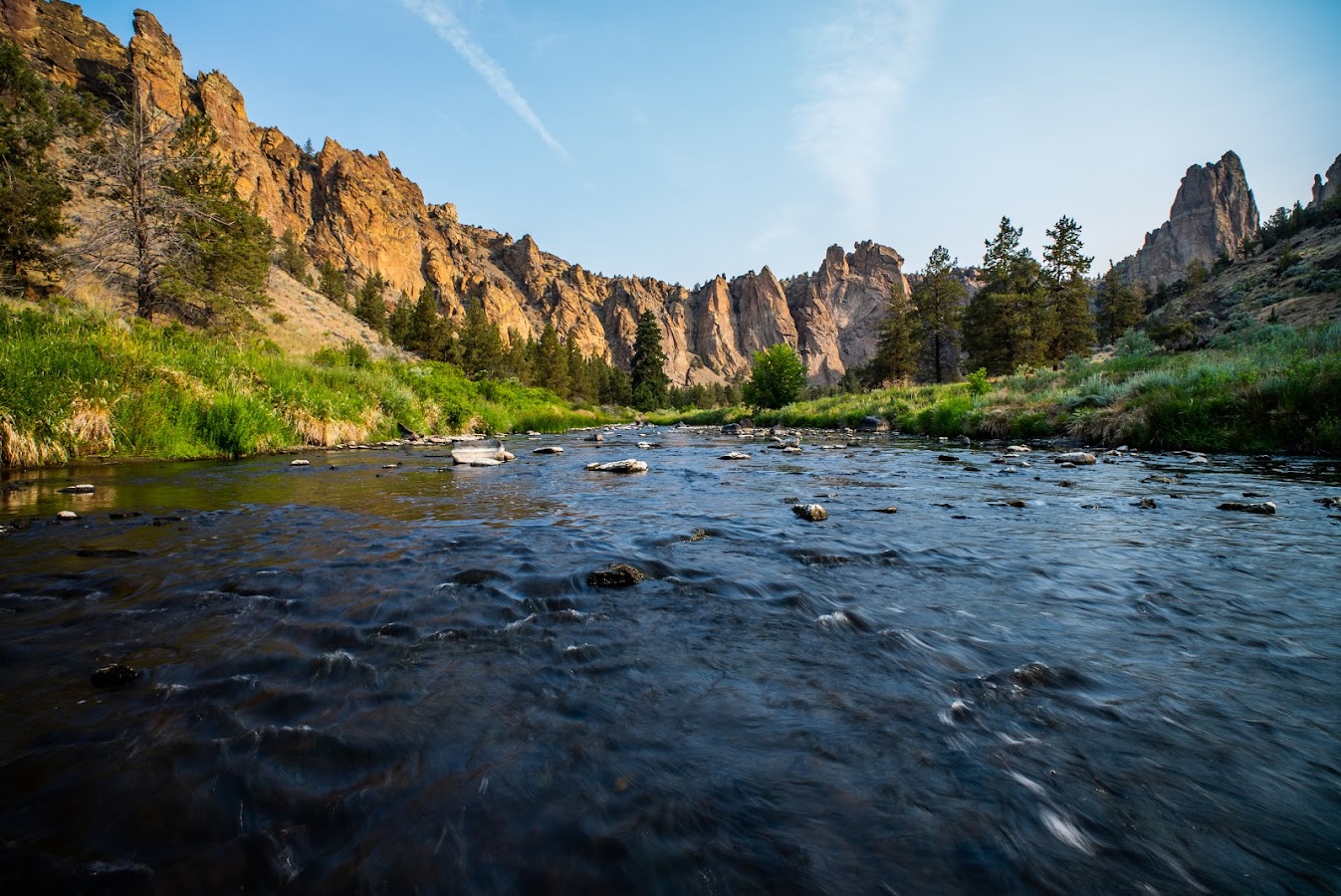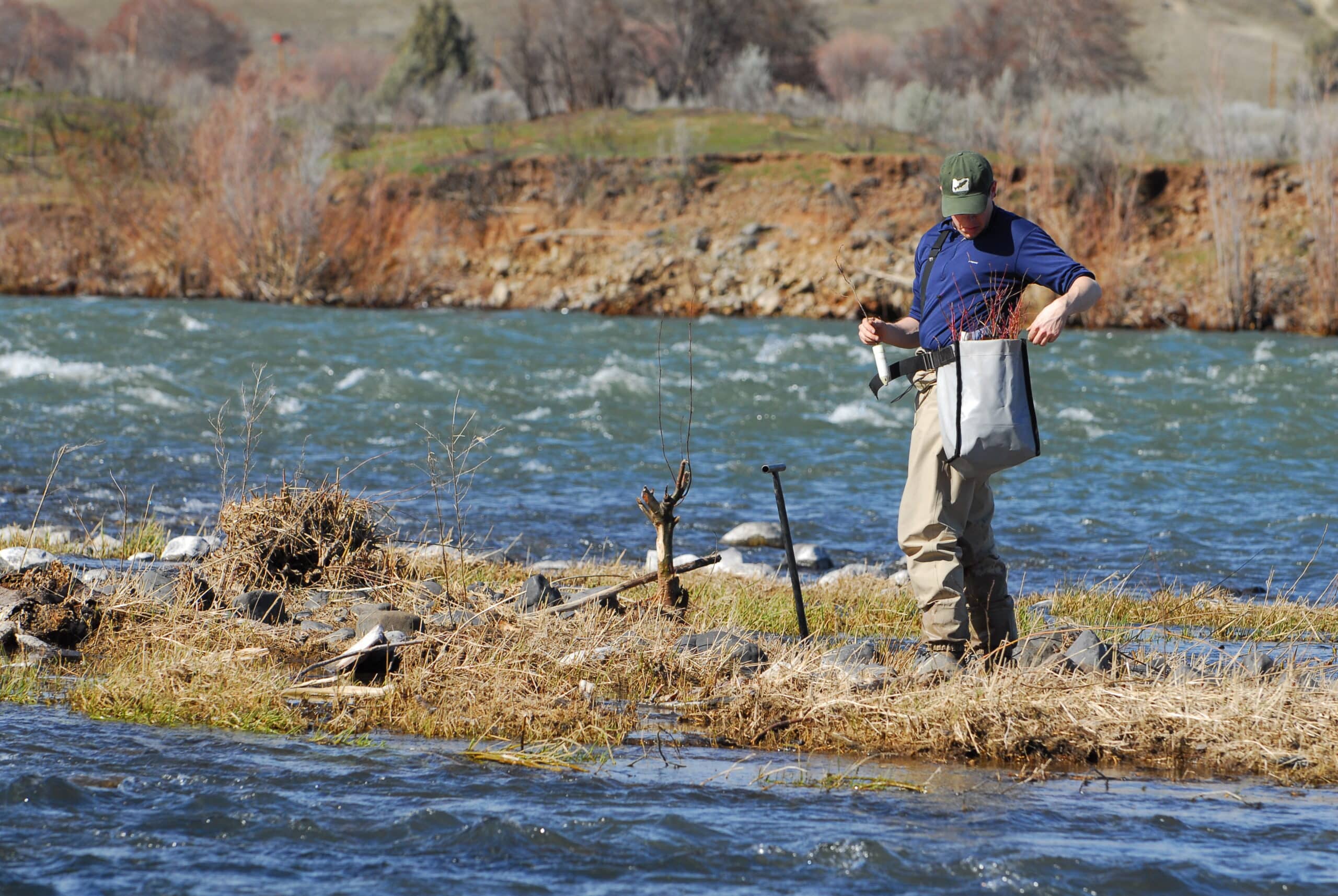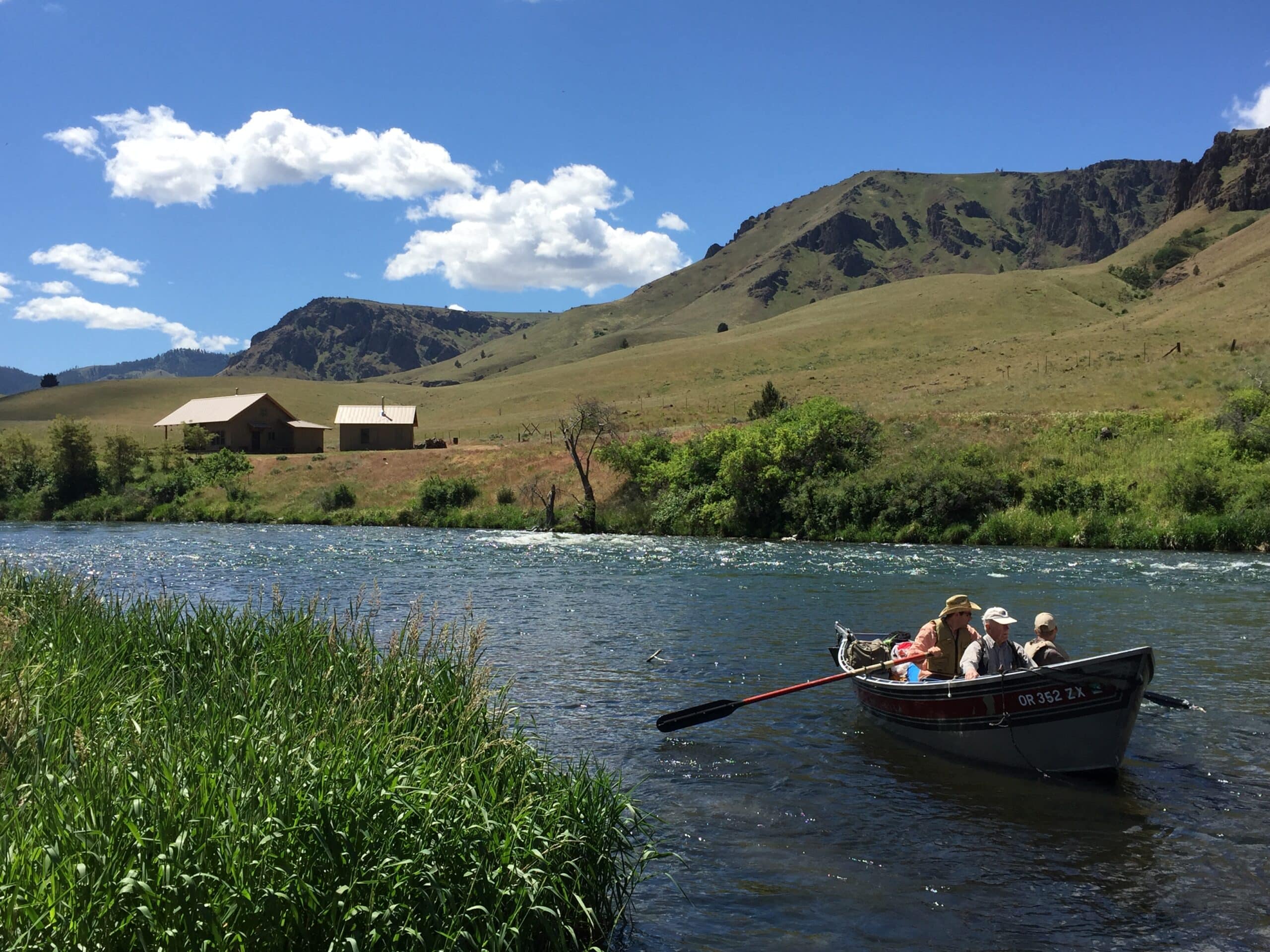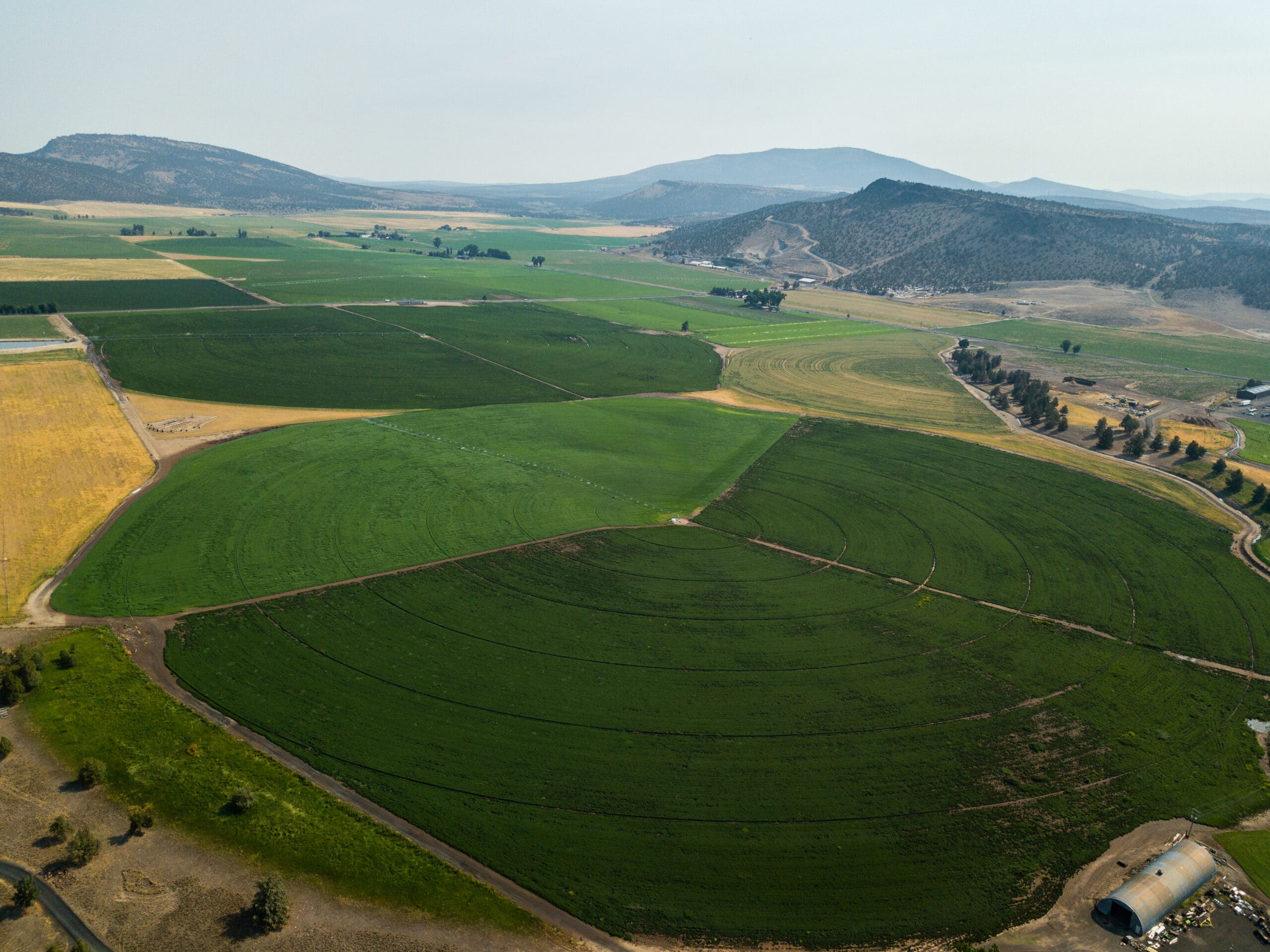Deschutes River Basin
MISSION OF THE BASIN: Provide stakeholders with a decision-support platform to improve water-use efficiency.
Along its 250-mile path, the Deschutes River is a crucial connector within a larger system.
Locally, it is an important irrigation source for farmers in high-desert areas of central Oregon. Regionally, it links to the mighty Columbia River system, where it plays a critical role as habitat for cold-water fish such as salmon and steelhead. The Freshwater Trust’s (TFT) work here happens on both large and small scales with the goal of moving toward ecosystem recovery. Obstacles to overcome include drought, low instream flows, high water temperatures, and nutrient-driven algae blooms.
On a large scale, we are working with lawmakers and dam managers to determine how new temperature permits issued to Columbia River hydroelectric facilities can drive extensive habitat restoration funding into the Deschutes basin. It is a powerful opportunity to develop a watershed restoration program that reduces water temperature while restoring fish habitat. Regionally, we have an innovative agreement with the Oregon Natural Resources Conservation Service (NRCS) to identify high-priority irrigation-system improvement investments in agricultural areas across Eastern Oregon. Upgrading irrigation systems gives producers and irrigation districts the flexibility they need to manage their operations in the face of water scarcity and reduces agricultural runoff from fields into rivers. And locally, we continue to work with stakeholders on analytical tools that jointly address water management needs alongside nutrient reductions in the Crooked subwatershed. To tie it all together, we have secured philanthropic and foundation funding that allows us to keep driving the data-driven and coordinated implementation strategy for the Deschutes and Columbia basins.





